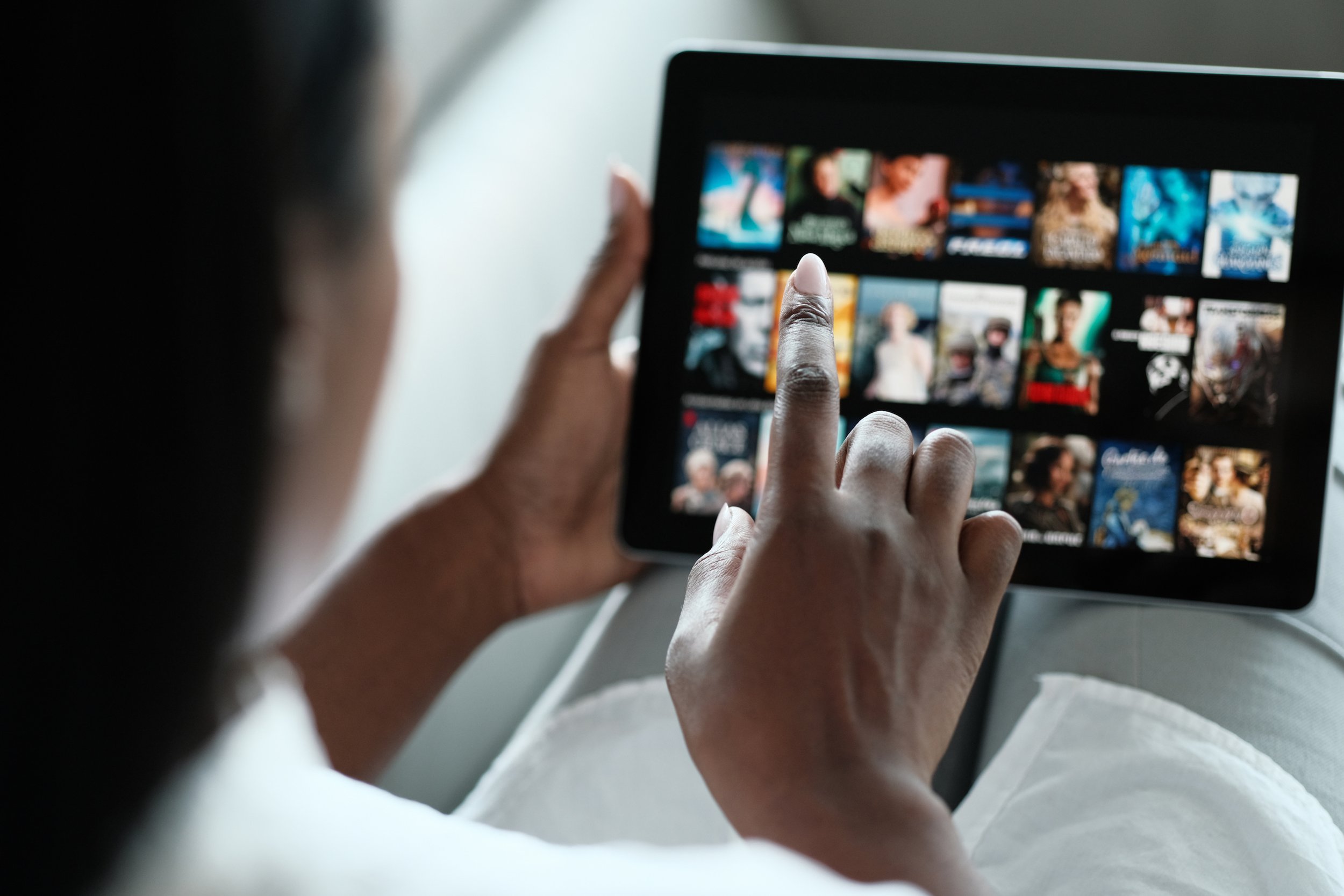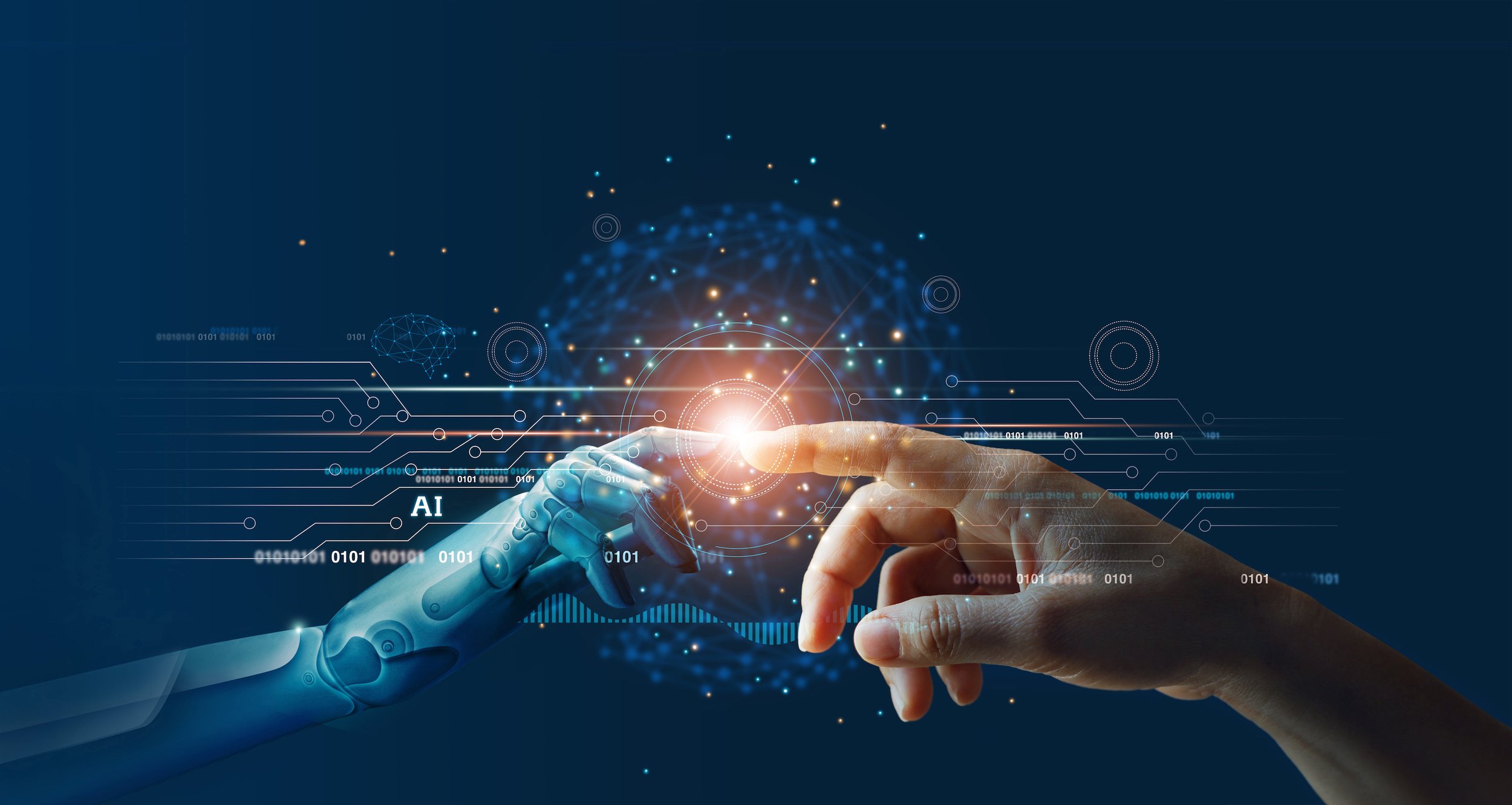What is AI and How does it Work?
As technology continues to advance, the term “AI” has become increasingly ubiquitous. With such a new technology, we’re all itching to know more. But what exactly is AI and how does it work?
AI stands for "artificial intelligence," which means computer systems that can do things that usually require human intelligence, like seeing, hearing, and learning. There are different types of AI that can do different things, like understanding what other people are thinking or making predictions about the future.
To make AI work, people use special computer programs called algorithms that help the computer learn from lots of data. This is called "machine learning." Once an AI system has learned from data, it can use that knowledge to make predictions or decisions about new data it hasn't seen before.
AI is used in many different areas of life, like healthcare, finance, and transportation. It can help doctors diagnose diseases, make better predictions about the stock market, and even drive cars. As technology continues to improve, we will likely see even more uses for AI in the future.
The most widely known ‘machine learning’ system on the market currently is Chat GPT-4, which in turn, helped me create this blog post!
There are several different types of AI, including:
Reactive Machines:
This type of AI has been around for some time. This helps with things like spam filters, and the Netflix recommendation engine, purchase histories, etc. This type of AI reacts to specific situations and does not have the ability to form memories or use past experiences to inform future actions. It only exists within the present moment and set to do specific types of tasks, unlike more modern AI.
Limited Memory:
These AI systems can use past experiences and learnings to inform future actions, but only for a limited amount of time, hence the name. It works with a small amount of inputed data because it doesn't have a lot of memory or processing power. It uses this data in situations where resources are limited, like self-driving cars or online recommendation systems, where the AI has to make quick decisions based on the most important information available. It is able to learn from the past by analysing data fed to it with the purpose of building provisional knowledge. So basically, limited memory AI is like a clever computer that can do a lot with a little bit of information.
An example of limited memory in our every day lives is self driving cars. We’ve all heard of Tesla, and it uses these systems to make informed decisions based on a combination of observational data and integrated knowledge. This helps it to determine its surroundings, proximity to other cars, detects patterns and alterations in the external environment, and adapts as required.
Theory of Mind:
Theory of mind AI is a type of artificial intelligence that is designed to understand and predict the behaviour and mental states of other agents or entities, such as humans or other AI systems. While there has been some progress in developing AI systems with theory of mind capabilities, it is still an active area of research and development.
Currently, most AI systems are designed to operate based on a fixed set of rules or data inputs, and they do not have the ability to infer the intentions, beliefs, or desires of other entities. However, there have been some recent breakthroughs in developing AI systems that can recognise and respond to human emotions and intentions, such as natural language processing and affective computing - Chat GPT being the leader in this market.
Theory of mind AI has only recently (in November 2022) shown to have been able to deliver results comparable to the age of a 7 year old human with Chat GPT version 3.5 according to this study, quickly revolutionising the current AI technology currently accisible to the public.
While these systems are still in the early stages of development, they hold the potential to revolutionise the way we interact with AI and other intelligent agents in the future.
Self-Aware:
Self-aware AI refers to an artificial intelligence system that is capable of recognising its own existence and understanding its own capabilities, limitations, and behaviours. Essentially, it's an AI system that has consciousness and can reflect on its own thoughts and experiences, just like humans.
While there has been a lot of speculation and debate about the possibility of creating self-aware AI, there is currently no definitive evidence that such a system exists or can be created. One of the challenges in developing self-aware AI is that consciousness and self-awareness are still not well understood, even in humans and other animals.
Some researchers have proposed that self-aware AI would require the ability to perceive and process sensory information, make decisions based on that information, and have a sense of self and personal identity. Others have suggested that self-aware AI may require the ability to learn and adapt over time, based on new experiences and feedback.
Overall, while the concept of self-aware AI is intriguing and has been explored in science fiction and popular culture, it remains a topic of active research and debate among experts in the field of AI and cognitive science.
The leading companies working in AI development like Companies Google, Meta, Microsoft, Nividia, and many others are not currently wanting to create self aware AI. The primary focus is to create artificial general intelligence (AGI), where a machine could solve complex issues, learn from it and plan for future goals.
To achieve these different types of AI, various techniques and algorithms are used, such as machine learning, deep learning, and neural networks. These techniques involve training AI systems on large datasets, allowing them to learn from patterns and make predictions based on new data.
AI has numerous applications in various industries, including healthcare, finance, transportation, and entertainment. From detecting diseases to improving traffic flow, AI has the potential to revolutionize the way we live and work.
As AI continues to advance, it's important to understand the basics of what it is and how it works. I look forward in future blog posts to discuss different aspects of AI in more detail, what the future of AI will look like, its ethical standards, and much more. If you liked this blog please like and comment! If you want to see more sign up to my emails to receive the latest updates!





